Play to Maintain at Least One Center Pawn
Move 1: e4, e5
Control the center and try to maintain a pawn in the center. Central control is a main theme throughout the game.

Move 2: Nf3, d6
Not my favorite opening for black, Morphy chooses the Philidor defense named after a great French chess player.

Move 3: d4, f5
This is more of Morphy’s style of attacking as soon as possible against his opponent. Always try to make threats and challenge your opponent on every move if possible.
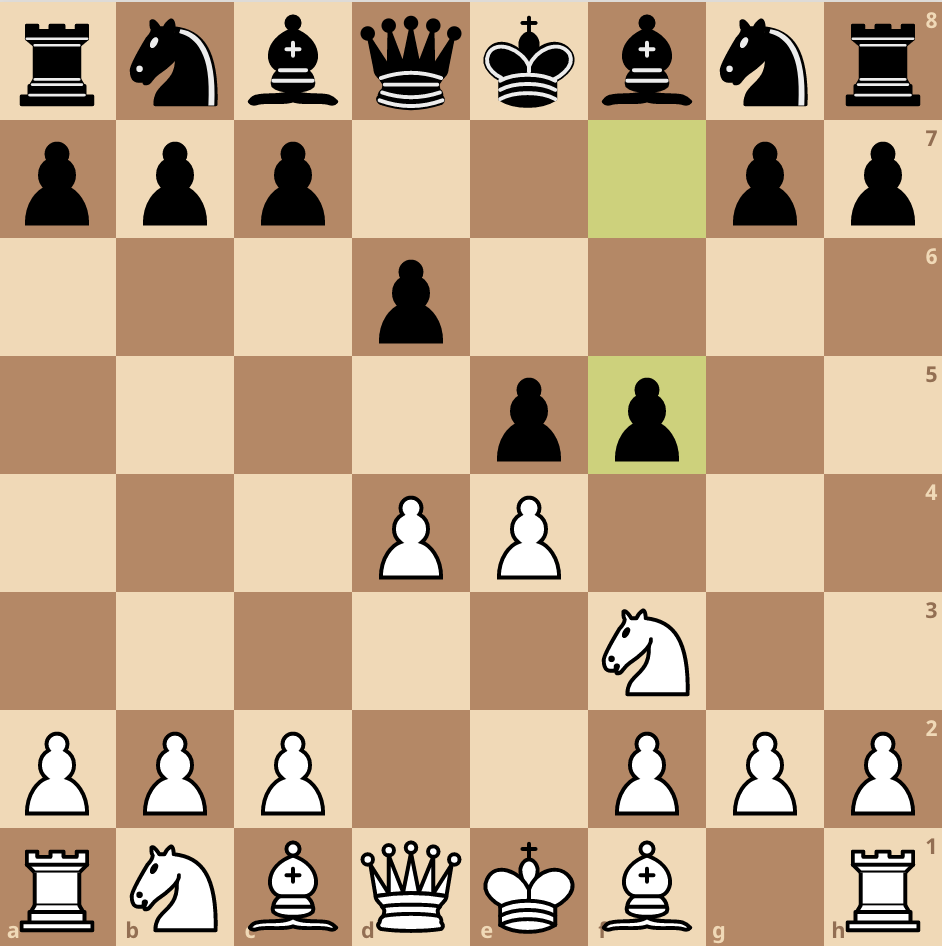
Move 4: dxe5, fxe4
Chess Qestion: Both players fight for the center but who is better?


Move 5: Ng5, d5
White has nice development and tries to attack his king.
Chess Question: Can you defend from this attack or is white just winning?
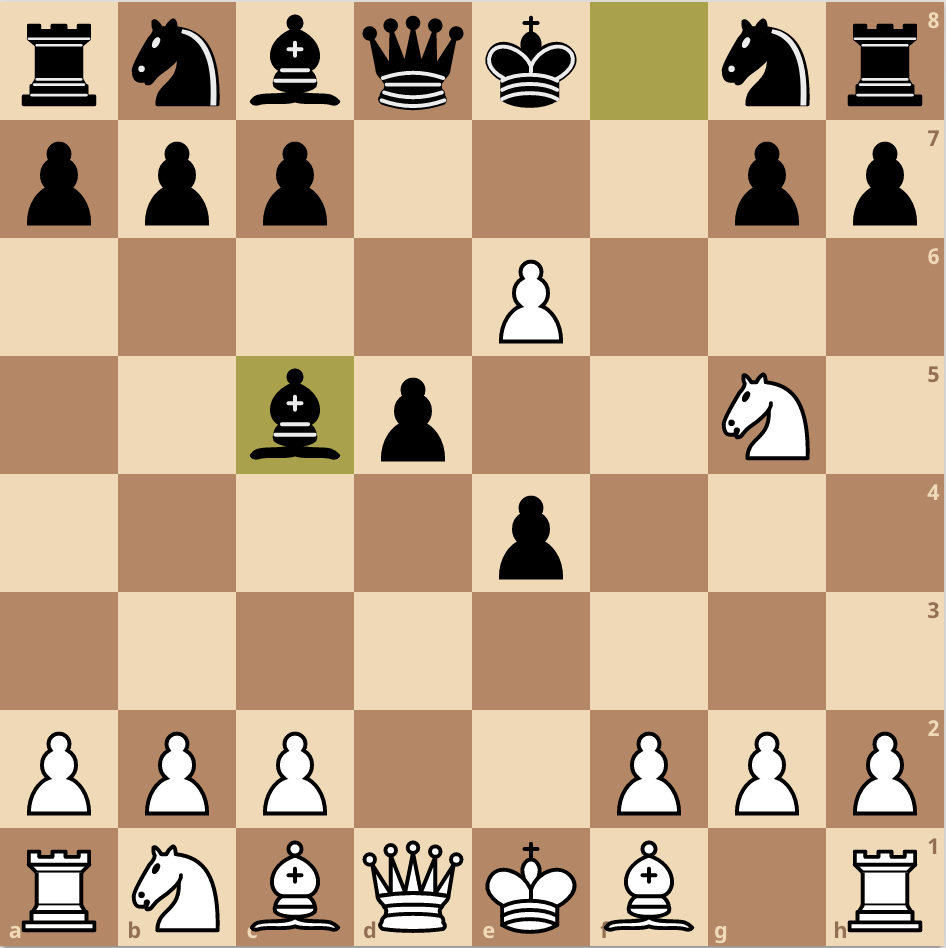
Move 6: e6, Bc5
White makes a nice threat to win some material or pieces. Morphy is ready to lose some pieces to attack and get them as active as possible.
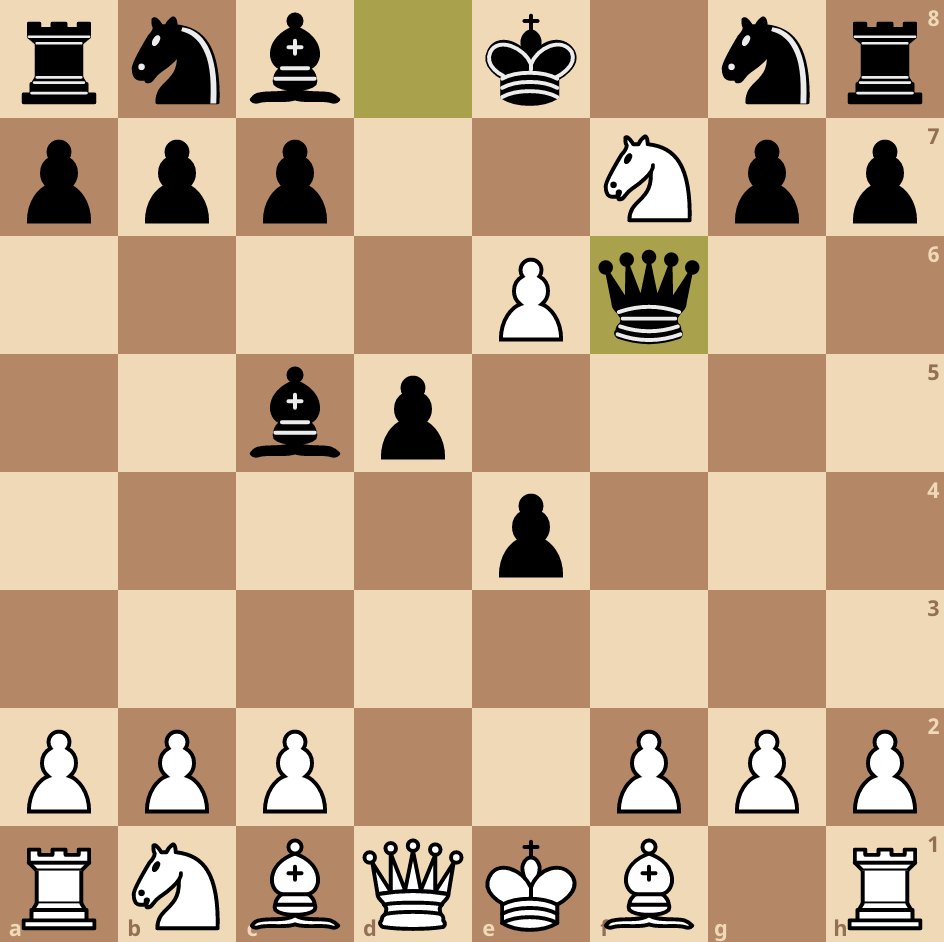
Move 7: Nf7, Qf6
Thomas gets a double attack with his knight. Has Morphy made a mistake? Morphy develops his queen and threatens mate on f2.

Move 8: Be3, 4
White develops a new piece and stops mate. Morphy plays a strong move d4 which controls the center and stops the trade.
Move 9: Bg5, Qf5
Always try and make a threat and Bg5 attacks the queen. It’s important to keep the queen targeting f2 and the bishop.
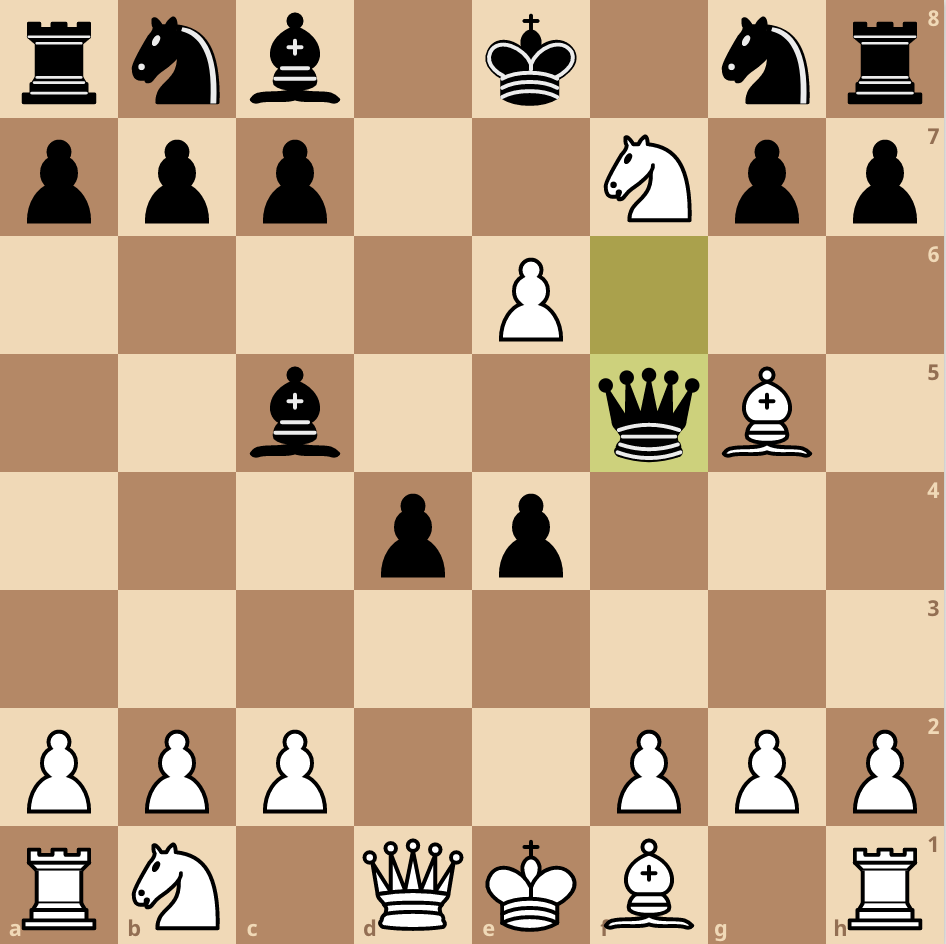
Move 10: Nxh8, Qxg5
White now has a material advantage. However, Morphy has full center control and great piece play.

Move 11: Bc4, Qxg2
White develops his bishop to defend the e6 pawn which defends the knight on h8.
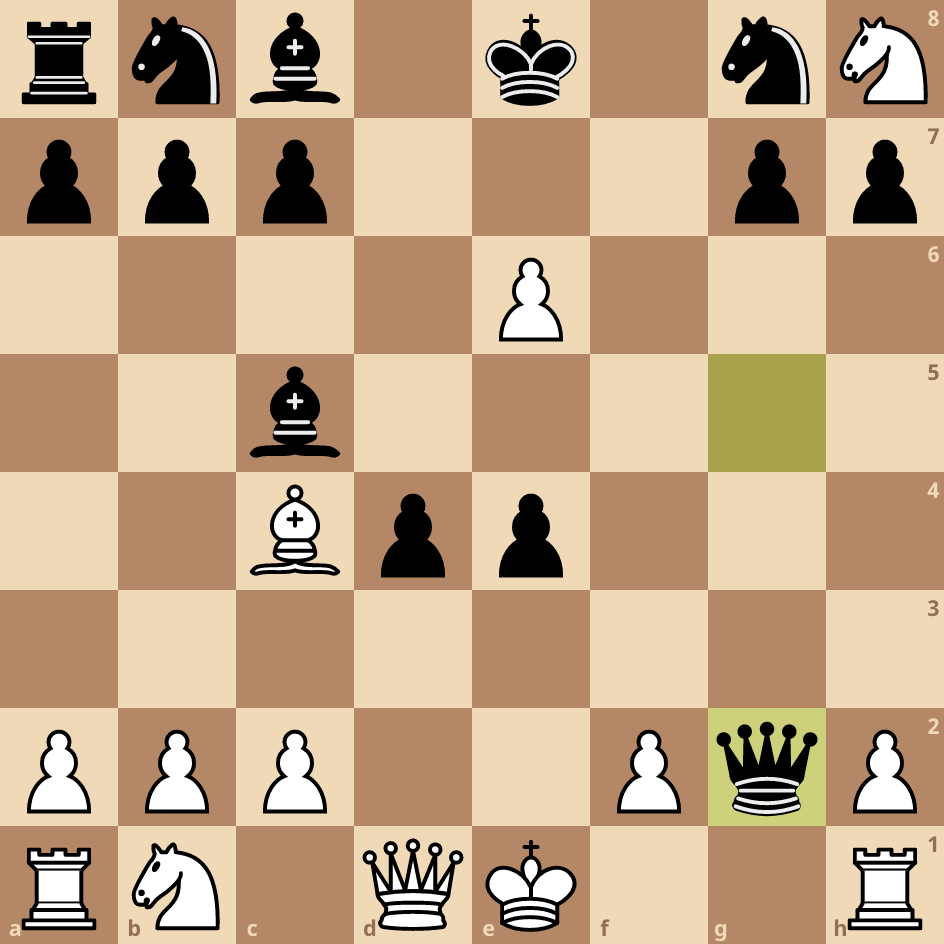
Move 12: Kf1, Bc5
Best to move your king to f1 and lose the right to castle.

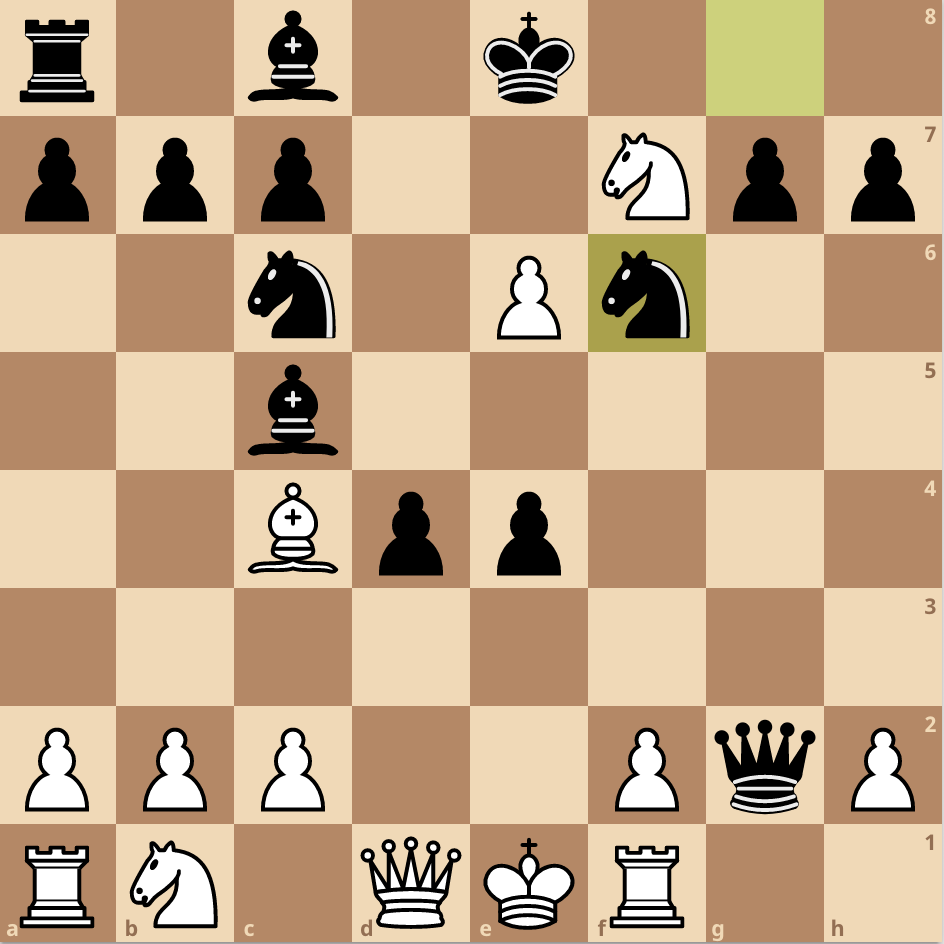
Move 13: Nf7, Nf6
White tries to get his knight to escape and misses Qh5+ attacking the king and the bishop c5. Nf6 stops this threat of Qh5 and Black has good development.
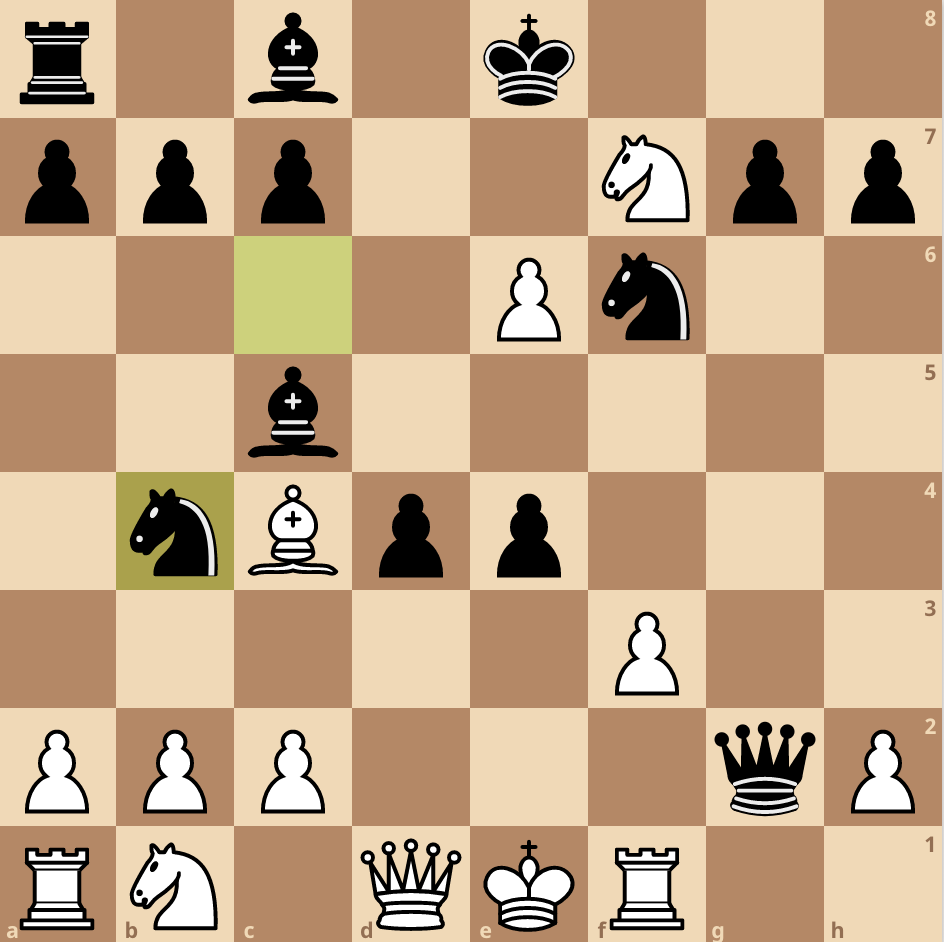
Move 14: f3, Nb4
A bad move for white making the 2nd rank weak. Morphy jumps in with his knight to attack c2 and make a fork.
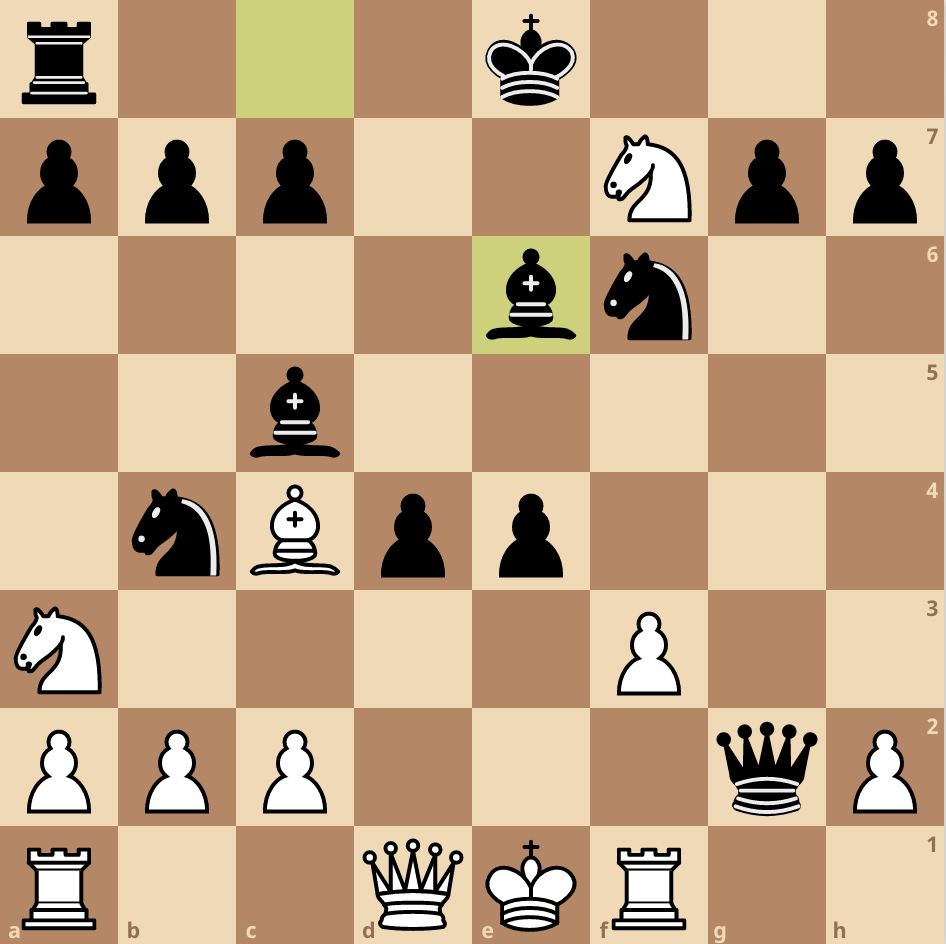
Move 15: Na3, Bxe6
Getting the last minor out and defends the c2 square. Bxe6 sets up a beautiful trap that white misses and loses his queen.
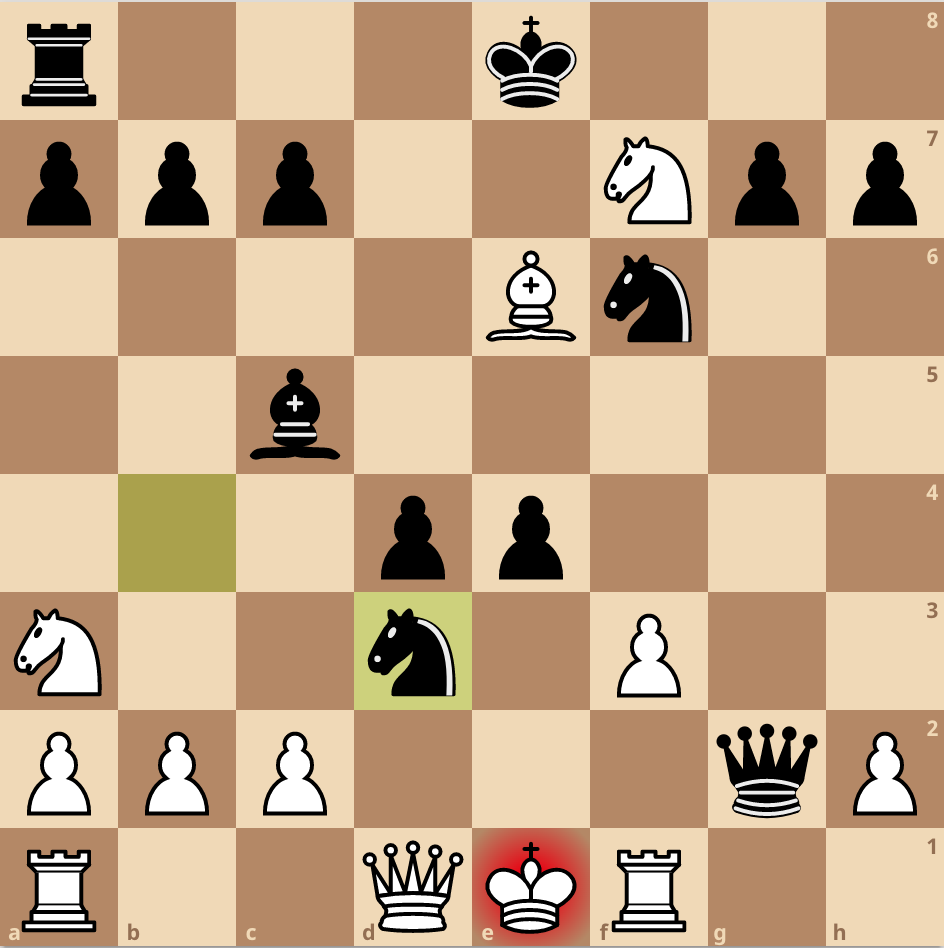
Move 16: Bxe6, Nd3+
White misses the idea and takes the bishop, Morphy sacrifices another piece.
Move 17: Qxd3, exd3
Now white is losing without his queen. The game does not last long and Morphy wins in style.
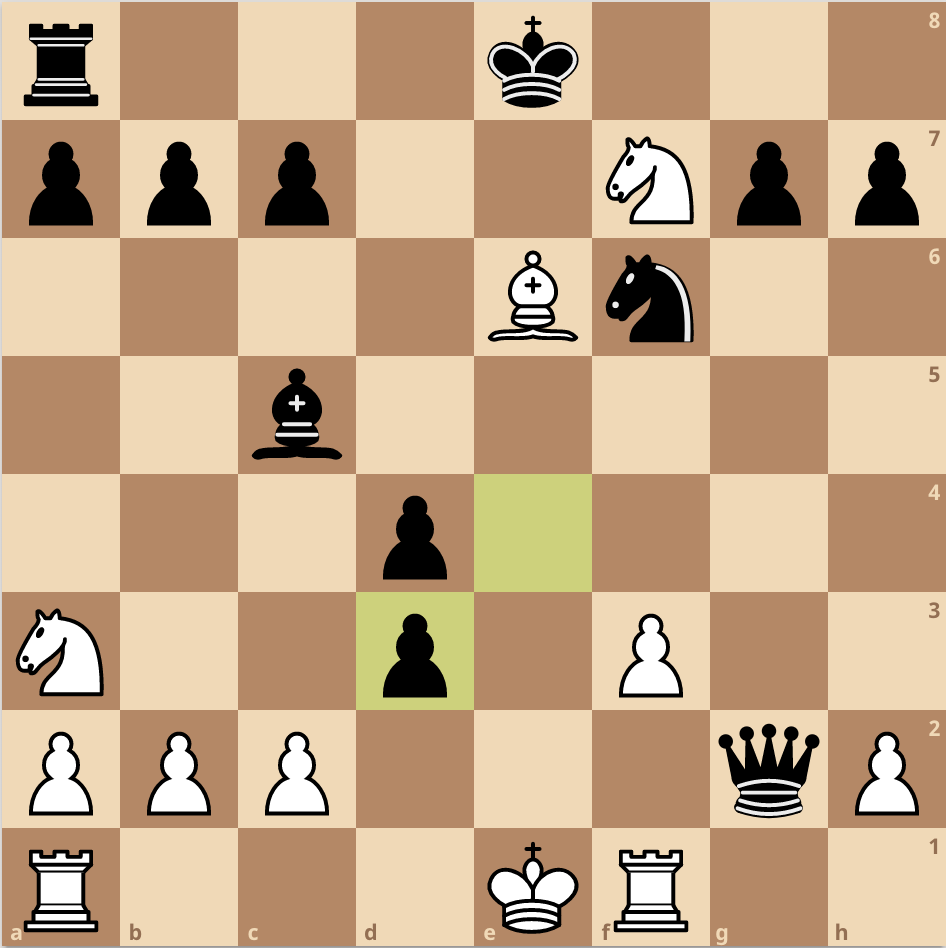
Move 18: O-O-O, Bxa3
White tries to get the king to safety and Morphy removes the defender on c2. If white captures the bishop back the Qxc2.

Move 19: Bb3, d2+
White defends the c2 square with the bishop and cannot take back with Rxd2 because the queen can take the rook on f1.
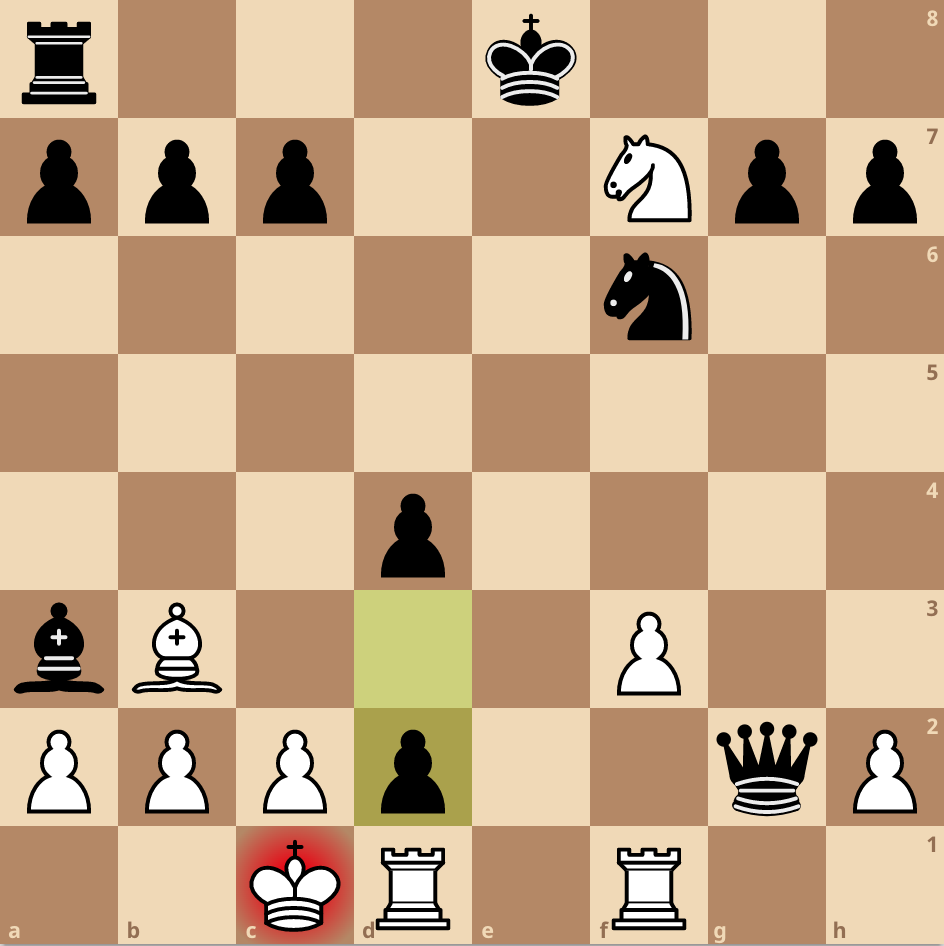
Move 20: Kb1, Bc5
The king moves to safety and Morphy moves his bishop to safety. No need to lose it with bxa3 since everything is defended.


Move 21: Ne5, Kf8
Moving the knight back to the center where it controls the most squares. Black moves the king to f8 to move out the way for the rook to move to the only open file.
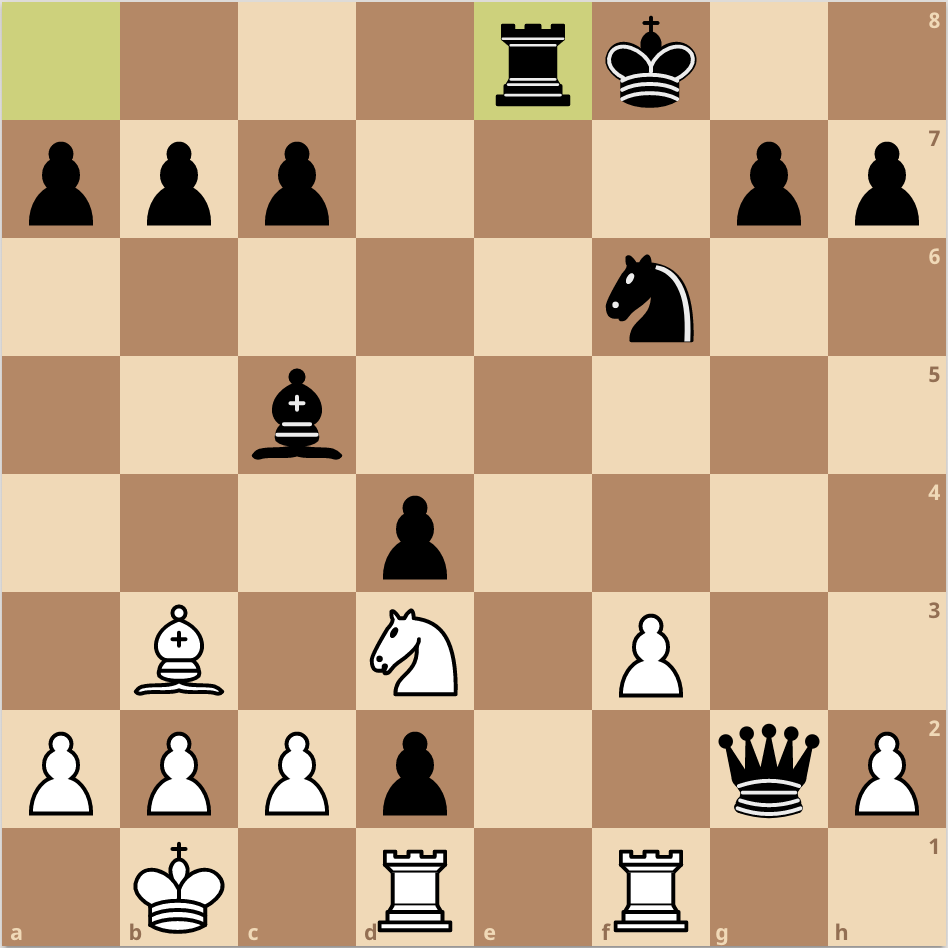
Move 22: Nd3, Re8
White moves the knight to attack the bishop and Morphy moves his rook to e8. Did Morphy miss something?
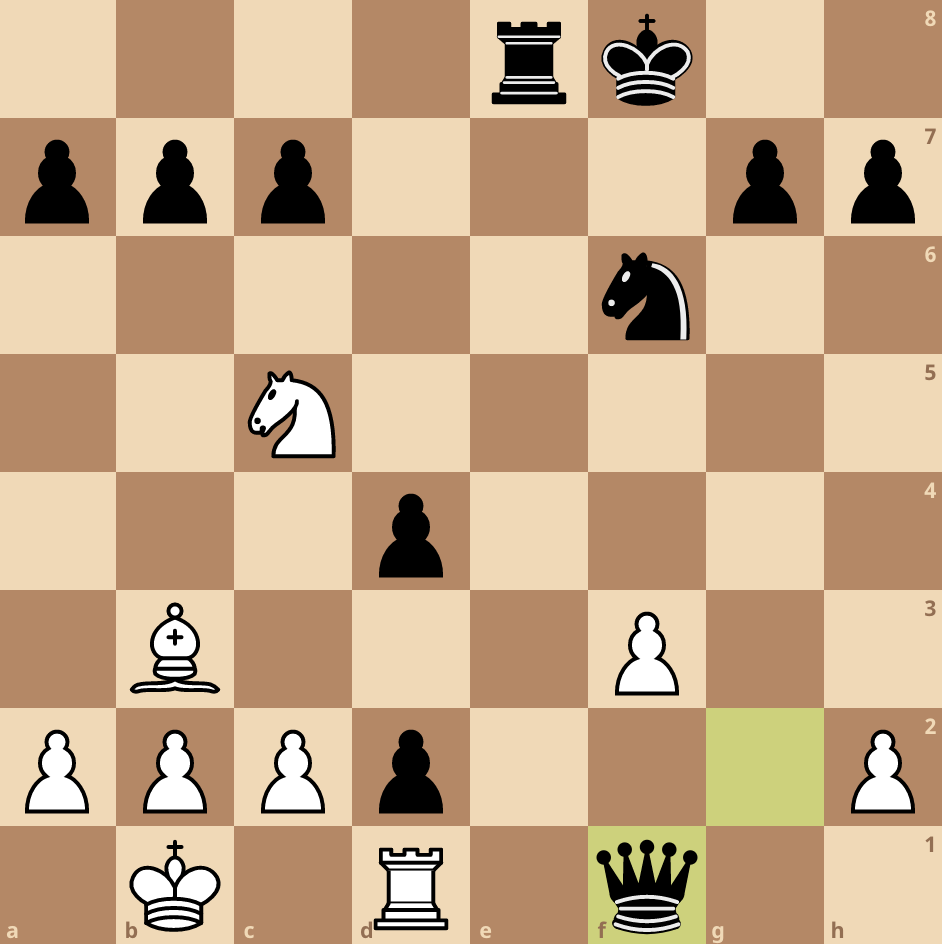
Move 23: Nxc5, Qxf1
If you do not see why not to take, take! Unfortunately this time, Morphy has a nice move of taking the rook and white cannot take back unless you get checkmated.

Move 24: Ne6+, Rxe6
One last trick by white, if black does not take then the knight would block the backrank and white can play Rxf1.
Move 25: Resigns
No more tricks and black is just winning now.
Why Maintain at Least One Center Pawn?
Morphy again shows us another important rule maintaining a pawn in the center. When we have control of the center we are able to help our pieces move around the board. It also pushes back our opponents pieces and never lets them develop to their best squares.

